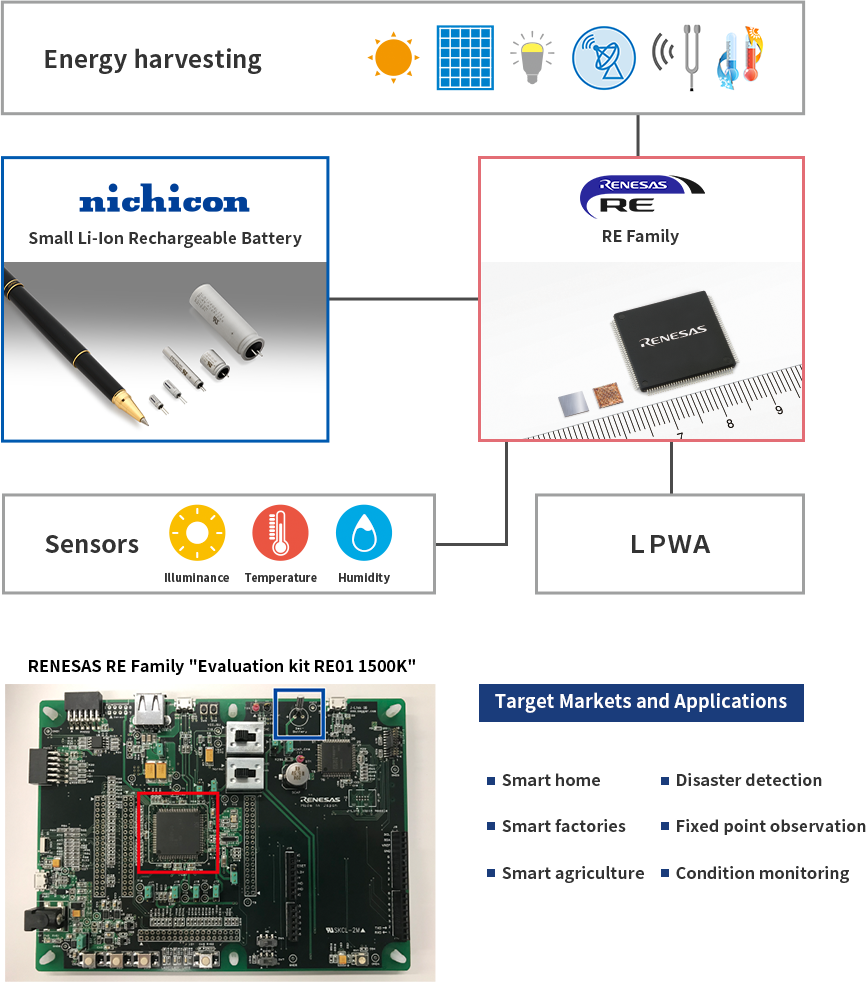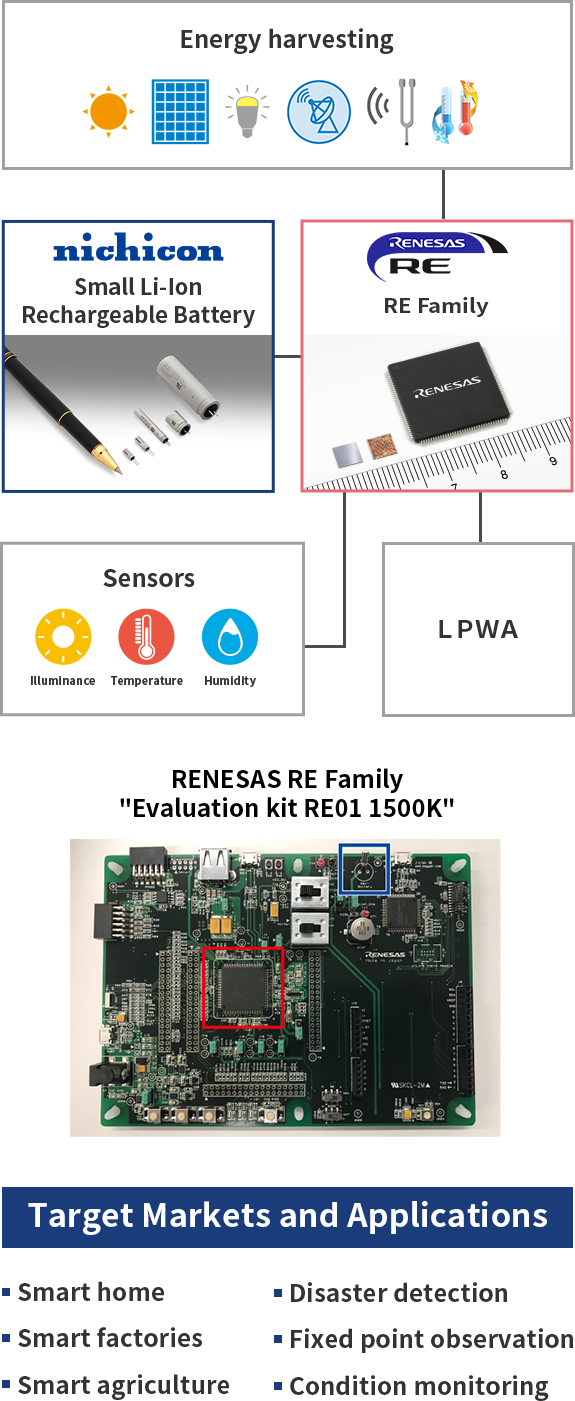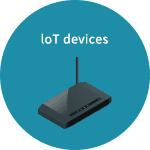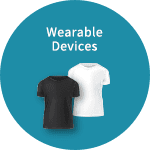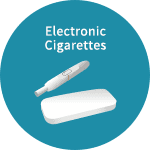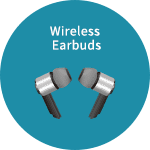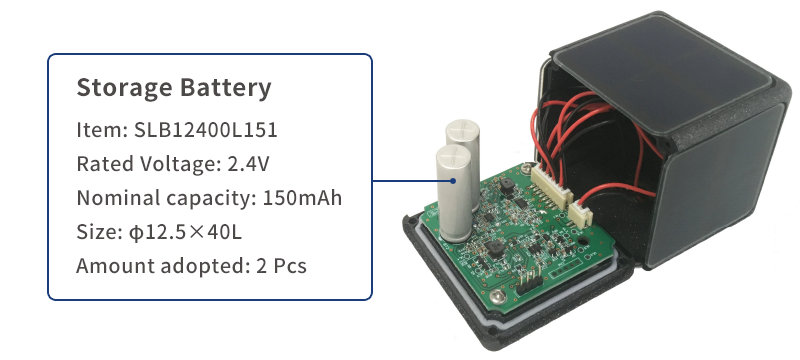ABOUT ”SLB”
"SLB” series are “Small Li-Ion Rechargeable Batteries” suitable for IoT and wearable applications
which utilize lithium titanate (LTO) for the negative electrodes, realizing
(1) Long life of more than 25,000 charge/discharge cycles
(2) High-density input/output approaching electric double layer capacitors (EDLCs)
(3) Capable of charging at low rate using energy harvesting
(4) Low temperature characteristics enabling operation even at -30 ℃
(5) Extremely low possibility of explosion or ignition even when used under harsh conditions
DEVELOPMENT
BACKGROUND
Small Li-Ion Rechargeable Batteries that achieve both high power density and high energy density
have been developed by using SCiB™ technology of Toshiba Corporation.
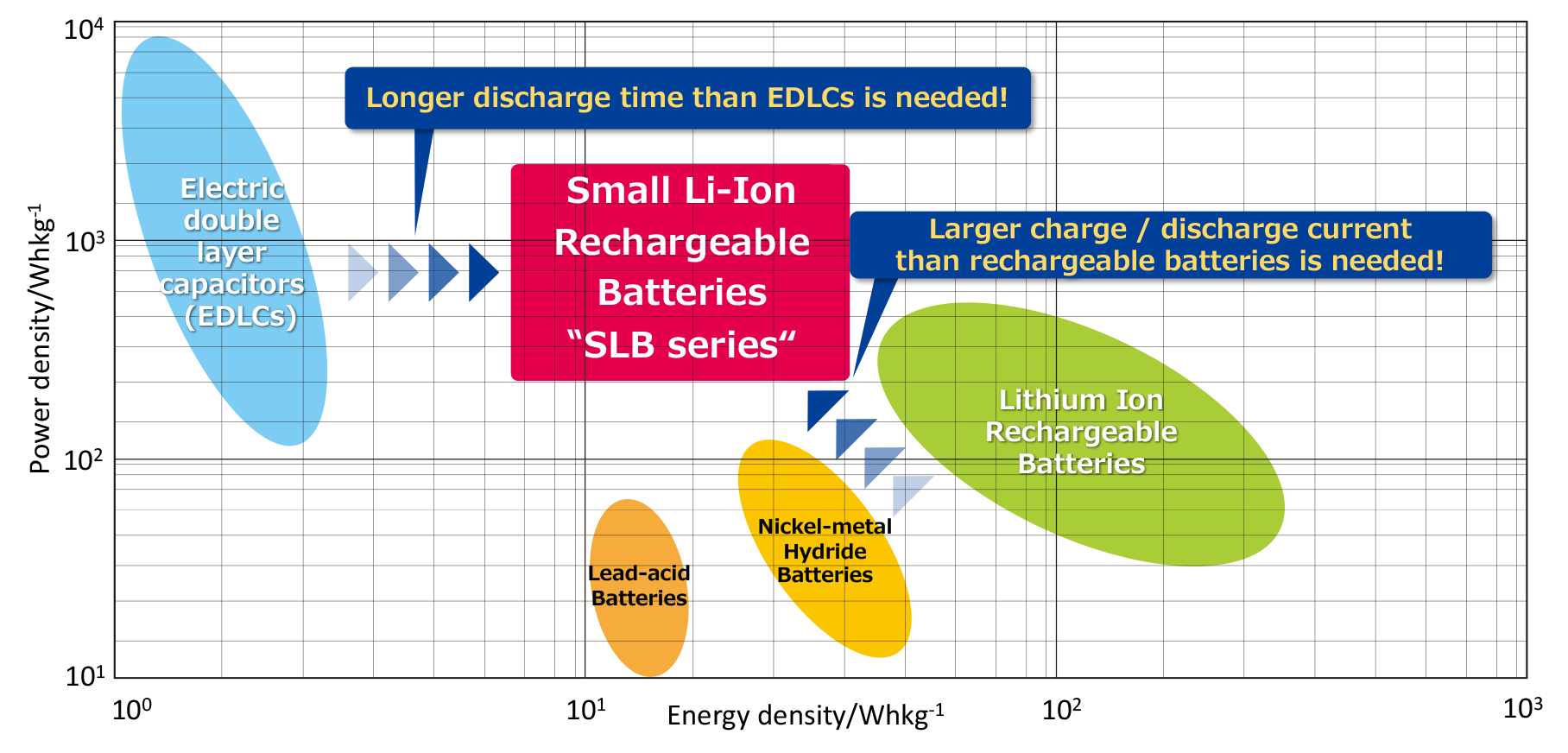
Characteristic
Long life
Maintain a capacity of at least 80%
after 25,000 charging/discharging cycles
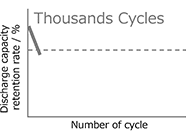
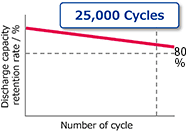
Rapid charge/discharge
High input/output density approaching
electric double layer capacitors (EDLCs)
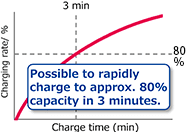
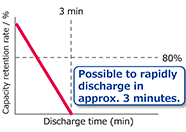
Low charging current
Capable of charging at low rate using energy harvesting
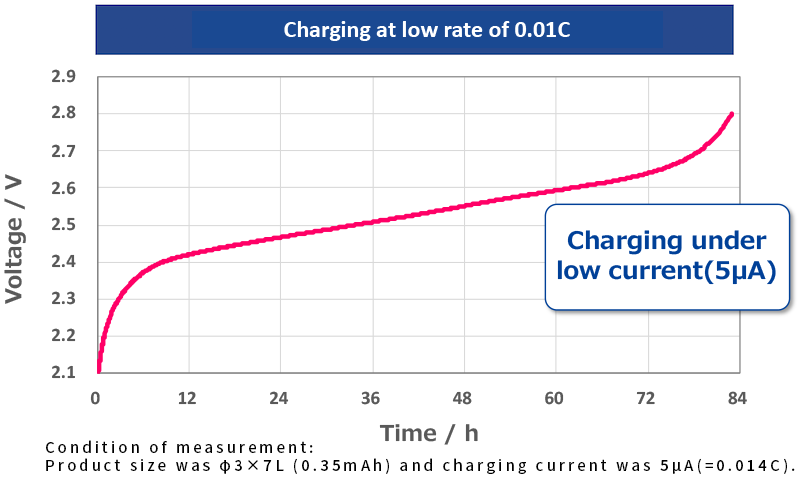
Low temperatures
Possible to use in cold regions (-30deg.C)
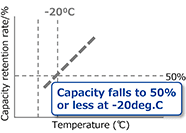
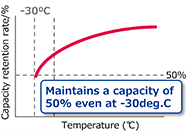
Safety
Extremely low possibility of explosion or
ignition even when used under harsh conditions
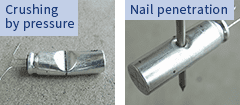
Extremely low risk
of rupture or
ignition
and high safety.
APPLICATION
IoT Devices / Wearable Devices / Electronic Cigarettes / Wireless Earbuds / Backup Power Supply /
Stylus Pen / Toy
CASE STUDY
-
CASE01
Stylus Pen
-
NICHICON CORPORATION's SLB Series of Small Li-Ion Rechargeable Batteries have been adopted for use on the stylus pens (“S Pens”) of the Galaxy Note10 and Note10+(released in 2019,) as well as the Galaxy Note20 and Note20 Ultra (released in 2020) by Samsung Electronics Co., Ltd.

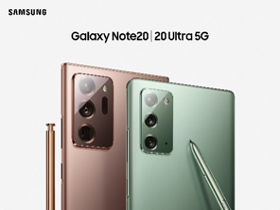
-
CASE02
Environmental sensor
-
In recent years, in an IoT society where everything is connected to the network, everything will require a power supply, and in some cases, power supply wiring and battery replacement may be difficult.
Given these circumstances, energy harvesting technologies that convert energy from light, heat, vibration and radio waves into electricity are being developed. Small, long-life rechargeable batteries able to store and repeatedly discharge energy in high frequency cycles are desirable.
Nisshinbo Micro Devices Inc.
RIoT Environment Sensing Board
-
RIOT-001 Environmental sensing board configuration diagram
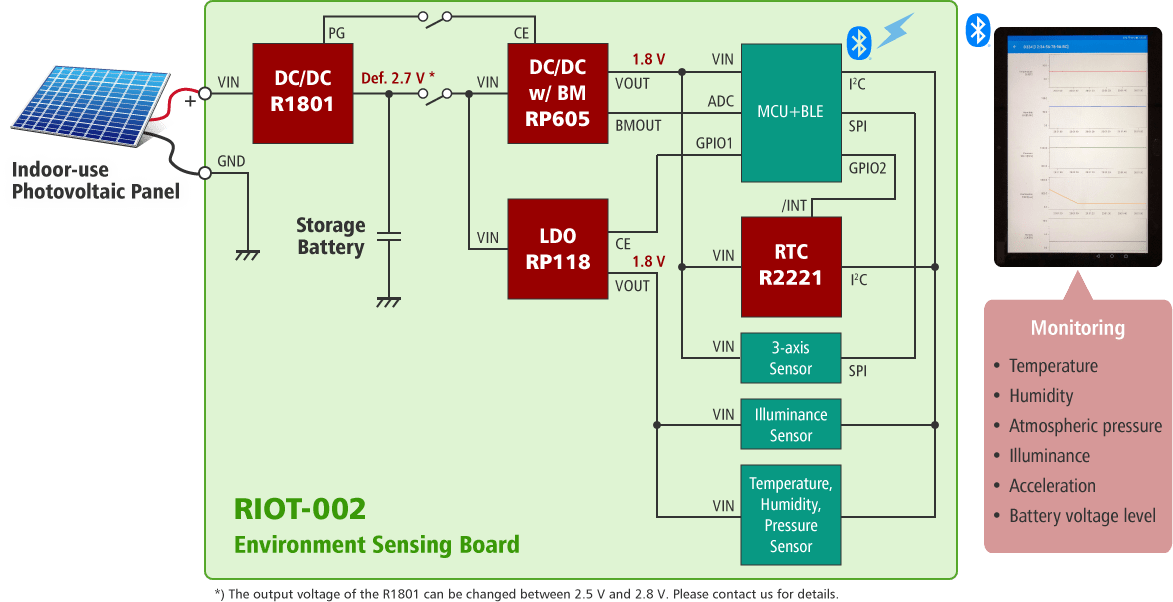
-
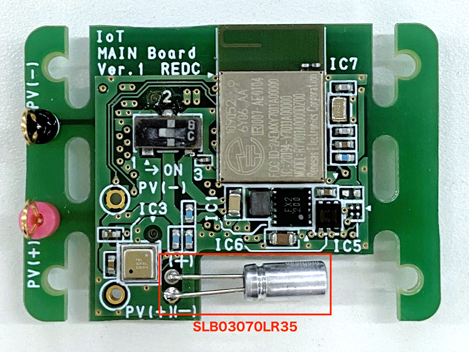
-
CASE03
Solar power supply
-
As the power source of IoT sensing modules which are designed for big data building, NICHICON CORPORATION's SLB Series of Small Li-Ion Rechargeable Batteries have been adopted for the small solar independent power supply "CUBE66" by L-Kougen Co., Ltd.
High adaptability to IoT system
-
Application in IoT system
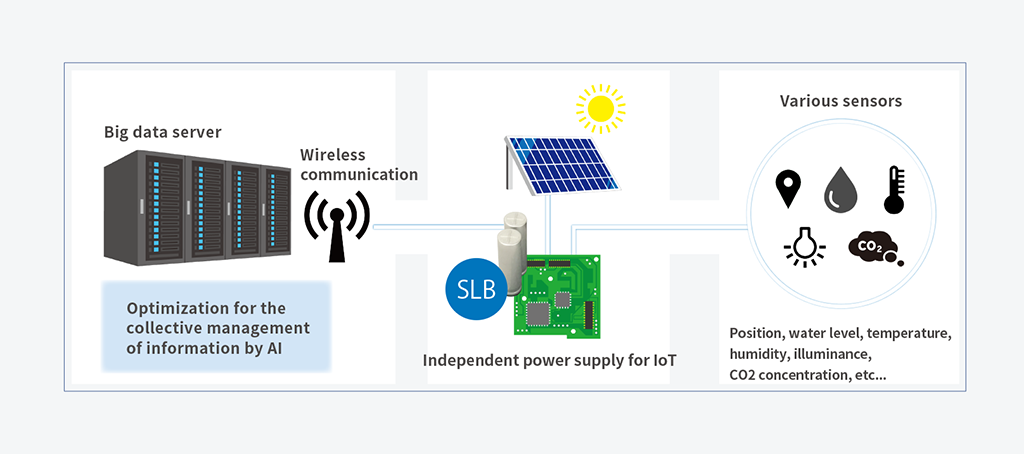
-
Independent power supply for IoT
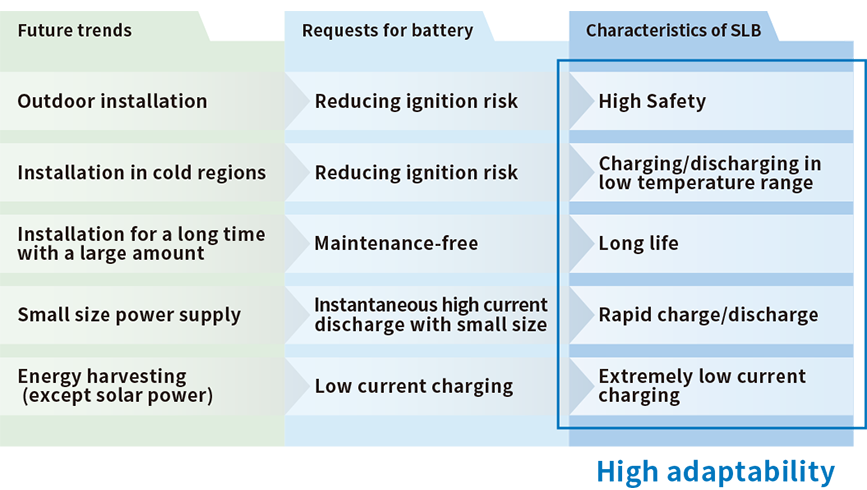
-
CASE04
Energy harvest
-
It is possible to realize energy harvesting IoT equipment that utilizes a minuscule amount of environmental power generation (e.g., light, vibrations and flow rate). This is done by using an embedded controller that utilizes the RE family of Renesas and the small Li-Ion rechargeable batteries of Nichicon .
Renesas Electronics
Corporation
RE Family

